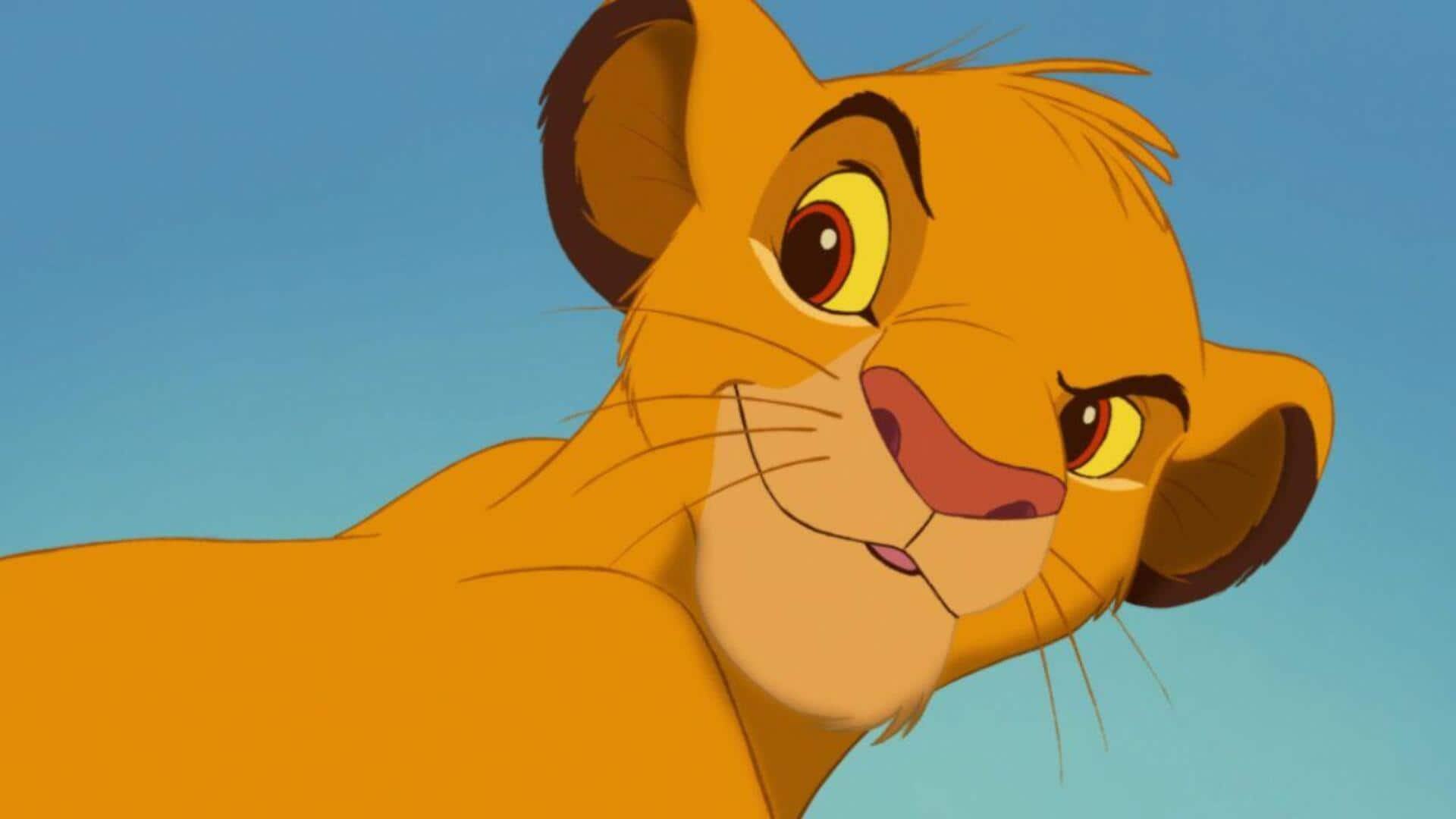
Simba's evolution proves animation has no limits
What's the story
Simba, the iconic character from The Lion King, has evolved a lot in the history of US animated cinema. Since his first appearance in 1994, Simba's journey has been defined by technology and storytelling practices. We explore how Simba's character has changed over the years, adapting to animation and audience expectations. From hand-drawn animation to CGI, Simba's evolution is a testament to animated cinema's dynamic nature.
Classic animation
'The Lion King' original release
In 1994, audiences were introduced to Simba in The Lion King through traditional hand-drawn animation. Not only did this make for expressive character movements, but the detailed backgrounds also captivated viewers. The film's engaging storyline and memorable music, which resonated with audiences worldwide, also contributed to its success. The original release set a high standard for animated films and established Simba as a beloved character.
CGI integration
Technological advancements in animation
With technology advancing, CGI became more common in animated movies. In 2019, The Lion King was reimagined using photorealistic CGI techniques. This gave a whole new level of detail and realism to the characters and environments, while still keeping the original story's essence intact. CGI allowed filmmakers to explore new creative avenues and connect with wider audiences.
Evolving storytelling
Character development over time
Simba's evolution as a character also reflects how storytelling has evolved in animated cinema. While he was just a young lion learning about responsibility, later adaptations have explored his emotional arc and his bond with other characters more deeply. These stories provide richer insight into his personality while catering to the nostalgia of old fans as well as the new generations.
Cultural influence
Impact on merchandise & pop culture
Simba's reign isn't limited to cinema. Merchandise sales and pop culture references across the world prove the same. From toys to clothing lines inspired by his face or quotes from The Lion King, he continues to be an eternal symbol of our childhood for many around the world today. This shows how powerful well-written characters can be across platforms through time. They never get old or out of touch with audiences.